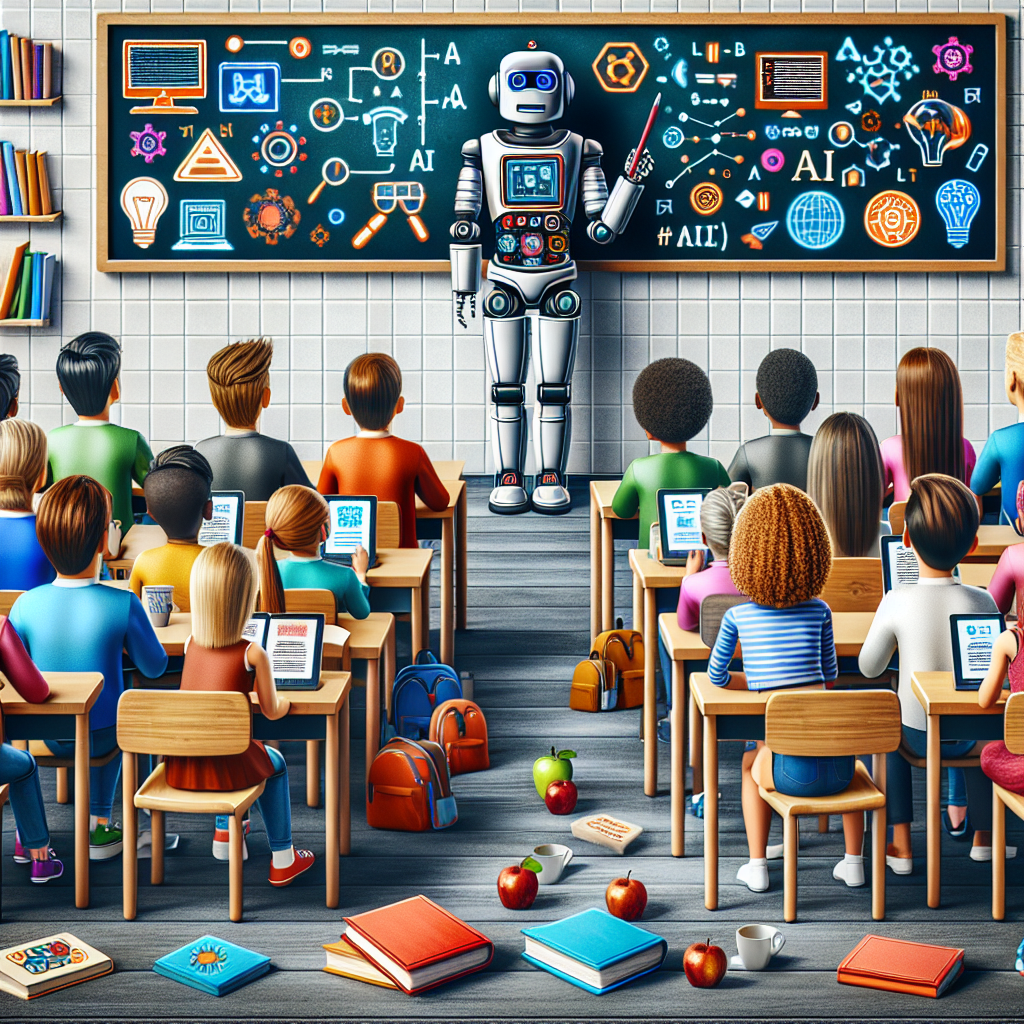Conversational AI, also known as chatbots or virtual assistants, is revolutionizing various industries, including higher education. These AI-powered tools are changing the way students interact with educational institutions, providing personalized support and guidance to improve student engagement and learning outcomes. In this article, we will explore how Conversational AI is being used in higher education and its benefits, as well as some frequently asked questions about this technology.
Conversational AI in Higher Education
Conversational AI in higher education refers to the use of artificial intelligence-powered chatbots or virtual assistants to facilitate communication and provide support to students, faculty, and staff. These tools are designed to mimic human conversation and can be integrated into various platforms such as websites, mobile apps, and messaging apps.
There are several ways in which Conversational AI is being used in higher education to improve student engagement and learning outcomes:
1. Personalized Support: Conversational AI can provide personalized support to students by answering their questions, providing information about courses, schedules, and resources, and guiding them through the academic journey. This personalized support can help students feel more connected to the institution and improve their overall experience.
2. 24/7 Access: One of the key benefits of Conversational AI is that it provides 24/7 access to information and support. Students can ask questions and get immediate responses at any time of the day, which can be particularly helpful for international students or those with busy schedules.
3. Student Engagement: Conversational AI can engage students in a more interactive and dynamic way compared to traditional communication methods. By using natural language processing and machine learning algorithms, chatbots can have conversations with students, provide feedback, and even offer personalized recommendations to enhance learning.
4. Automating Routine Tasks: Chatbots can automate routine tasks such as scheduling appointments, sending reminders, and providing updates on deadlines. This can help reduce the administrative burden on staff and free up time for more meaningful interactions with students.
5. Data Analytics: Conversational AI can collect and analyze data on student interactions, preferences, and behaviors. This data can be used to identify trends, improve services, and personalize the learning experience for individual students.
Benefits of Conversational AI in Higher Education
The use of Conversational AI in higher education offers a wide range of benefits for students, faculty, and staff:
1. Improved Student Engagement: Conversational AI can engage students in a more personalized and interactive way, leading to higher levels of engagement and motivation. By providing immediate responses to questions and offering tailored support, chatbots can help students stay on track and achieve their academic goals.
2. Enhanced Learning Outcomes: By providing students with timely information, resources, and feedback, Conversational AI can enhance the learning experience and improve academic performance. Chatbots can recommend relevant study materials, provide feedback on assignments, and offer personalized learning paths to meet individual student needs.
3. Increased Efficiency: Chatbots can automate routine tasks and provide instant responses to student inquiries, saving time and improving efficiency for both students and staff. This can help reduce wait times, streamline processes, and enhance the overall student experience.
4. Scalability: Conversational AI can scale to meet the needs of a large number of students, providing consistent support and guidance across multiple channels. This scalability is particularly beneficial for institutions with limited resources or a growing student population.
5. Personalized Support: Chatbots can provide personalized support to students based on their individual needs, preferences, and learning styles. By analyzing data on student interactions and behaviors, chatbots can tailor their responses and recommendations to meet the unique needs of each student.
Frequently Asked Questions about Conversational AI in Higher Education
1. What is Conversational AI?
Conversational AI refers to the use of artificial intelligence-powered chatbots or virtual assistants to facilitate communication and provide support to users. These tools are designed to mimic human conversation and can be integrated into various platforms such as websites, mobile apps, and messaging apps.
2. How is Conversational AI used in higher education?
Conversational AI is used in higher education to improve student engagement and learning outcomes. Chatbots can provide personalized support to students, offer 24/7 access to information and resources, engage students in interactive conversations, automate routine tasks, and collect data for analysis and personalization.
3. What are the benefits of Conversational AI in higher education?
The benefits of Conversational AI in higher education include improved student engagement, enhanced learning outcomes, increased efficiency, scalability, and personalized support. Chatbots can engage students in a more personalized and interactive way, provide timely information and feedback, automate routine tasks, scale to meet the needs of a large number of students, and offer personalized support based on individual needs.
4. How can institutions implement Conversational AI?
Institutions can implement Conversational AI by selecting a chatbot platform that meets their needs, integrating the chatbot into their existing systems and platforms, training staff and students on how to use the chatbot, collecting and analyzing data on student interactions, and continuously improving the chatbot based on feedback and insights.
5. What are some examples of Conversational AI applications in higher education?
Some examples of Conversational AI applications in higher education include virtual assistants that help students with course registration, scheduling appointments, finding resources, and answering questions. Chatbots can also be used for admissions support, financial aid assistance, career guidance, and student services.
In conclusion, Conversational AI is transforming higher education by improving student engagement, learning outcomes, and overall experience. By providing personalized support, 24/7 access to information, interactive conversations, and automated tasks, chatbots are helping institutions meet the diverse needs of students and enhance the learning process. As this technology continues to evolve, it is essential for institutions to embrace Conversational AI and leverage its benefits to create a more engaging and personalized learning environment for students.

